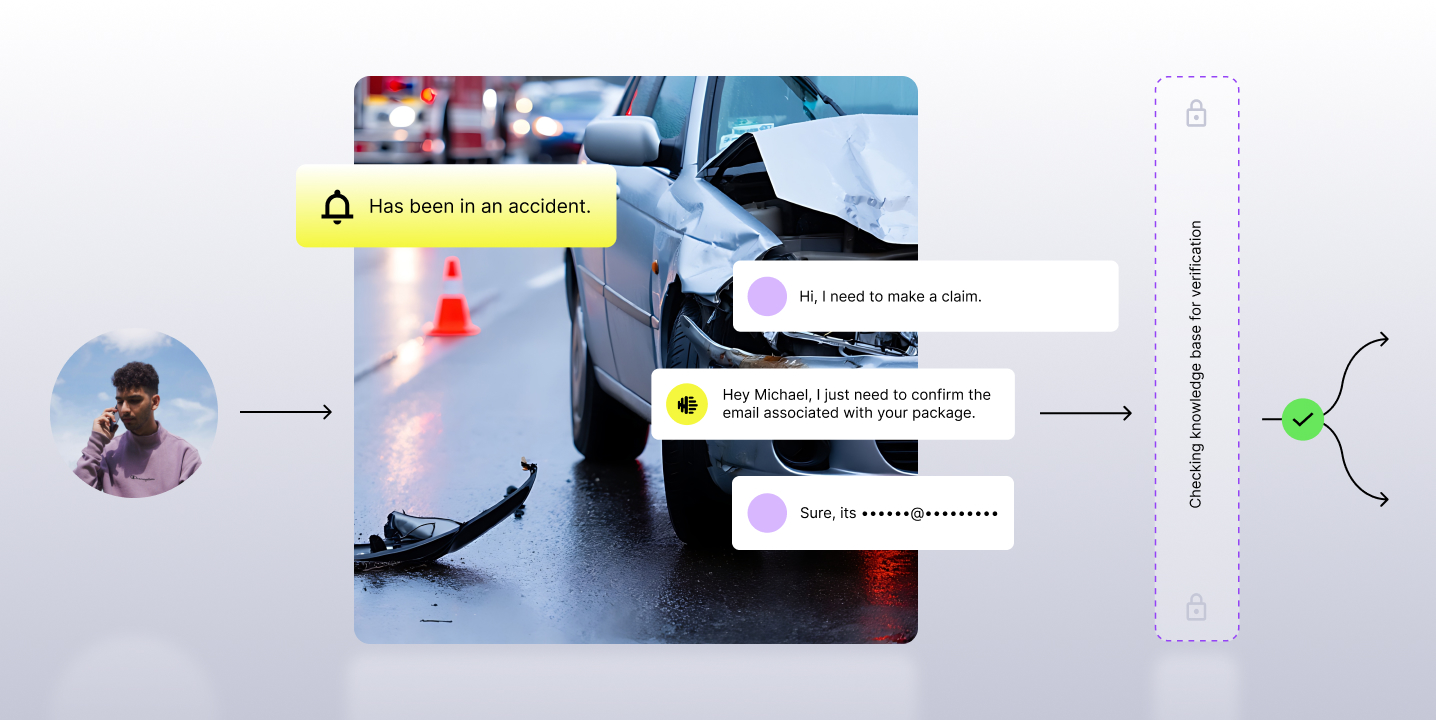What is First Call Resolution (FCR)?
First Call Resolution, sometimes referred to as One Call Resolution, is when an agent is able to resolve a caller query the first time, with no follow-up required.
FCR at the KPI level is measured through first contact resolution rate, which is determined by the percentage of calls that are successfully resolved on the first interaction. An industry benchmark for FCR is typically between 70 and 75%.
Why Does FCR Matter in Call Centers?
FCR is a strong indicator of whether or not a call center is operating effectively, and resolving calls the first time around can significantly drive down costs. Among other things, FCR sheds light on how effectively agents work and whether processes are adopted. It also helps supervisors understand how successful ongoing training and learning programs are at improving agent performance.
That’s why consistent measurement, monitoring, and taking action on FCR (and other influencing KPIs) is an essential KPI for any call center.
FCR Rate is Influenced By a Number of Other Call Center KPIs
FCR rate depends on a number of important call center KPIs including:
- Dead Air: Total duration of silence on a call. Dead air is characterized as any period of silence over 10 seconds.
- Supervisor Escalation Rate: Percentage of calls where the caller requests to speak to a supervisor for resolution.
- On-hold Time: Average duration that a caller is on hold. Callers are put on hold for a number of cases, including when the agent needs to refer to a knowledge base, talk to their supervisor, or run additional verification.
- Customer Sentiment: An AI-determined score gauging how the customer felt on the call, from negative to neutral to positive.
As a result, monitoring these KPIs through a speech analytics service, and improving them with analytics-enabled quality management is critical. For example, if agents have a high supervisor escalation rate, there’s an opportunity to improve that (whether it be agent-related or operations-related), and in turn, improve overall FCR rate.

Provides Insights to Improve Agent Performance
46% of customers would take their business elsewhere due to an agent’s lack of knowledge. (Source)
Monitoring KPIS that can influence FCR through a speech analytics platform uncovers the exact interactions that are causing agents to get stuck, which drives up call time and hurts the agents’ ability to resolve the call the first time around.
Agents may not have been trained on providing customer service for a new product. Or they may not have the technical capabilities to assist the customer, and need to refer them to a specialist or professional services tier. Or they might not have the exact self-service resources available to them through an internal knowledge base.
These are the sorts of insights and trends that help management and leadership identify why FCR metrics may be suffering. They can then take those insights to training and learning teams to provide data-backed coaching around improving FCR. This could include updating the internal knowledge base, running targeted training around calls that resulted in a supervisor escalation, and improving organizational inefficiencies.
Improves Customer Experience and Satisfaction
51% of customers will never do business with a company again after just one poor service experience. (Source)
Resolving a caller’s query on a single call obviously provides a good customer experience, making FCR a driver of customer satisfaction. There’s a strong cause-and-effect relationship between the two. Just look at the graph below comparing FCR to customer satisfaction.

But there’s a lot that goes into ensuring high customer satisfaction, and FCR is just a piece of it. That’s where analytics-enabled quality management comes into play - identifying inefficiencies and gaps that affect FCR, and mitigating and improving them through more targeted coaching. That requires knowing what KPIs most heavily impact FCR and creating training programs around them, tailored down to the individual agent.
First Call Resolution Strategies: What Ways Can an Organization Improve FCR Rate?
Maintaining a Dynamic Internal Knowledge Base (IKB)
Outdated knowledge bases cause a number of issues across an organization including outdated content, lack of accuracy, and agents not using the IKB properly. As a result, customers receive inaccurate information, causing them to have multiple cause or loss of business.
Maintaining a dynamic IKB is a proven way to improve FCR rate. Agents have a self-service way to get accurate, up-to-date information to provide customers while being mindful of the caller’s time and improving the overall creditability. Contact center AI backs data-driven decisions on what resources should be included throughout the IKB, what content should be displayed most prominently.
For more on building a world-class IKB, check out 7 Steps to Level Up Your Contact Center’s Internal Knowledge Base (IKB) with AI.
Data-driven First Call Resolution Training Programs
Outside of the IKB, there are bound to be more complex challenges for agents impacting FCR, and that’s where data-driven training programs come into play.
Contact center AI enables organizations to focus on what’s effecting an agent’s ability to resolve a call on the first try, whether it is in their control or not. This could be monitoring for trends in keywords, as well as emotional reactions tied to certain products or services, and providing more targeted training for agents on how to handle it. Monitoring KPIs that influence FCR rate is what empowers training teams build those programs.

To get more specific, an organization may have identified call closing as an interaction group that impacts FCR - having agents close the calls ensuring that the customer was satisfied and checking if there is anything else they can help with on the call. Contact center AI monitors those call closings, identifies agents who fail to do them, and gives them targeted feedback for those individual agents to improve, and in turn, increase FCR rate.
Want to learn more?
Check out our recent guide on Reinventing Quality Management in the Call Center, where we provide actionable insights and best practices from industry leaders, including important call center KPIs like FCR rate and more.
About the Author
Joe Hanson leads content marketing at Observe.AI. Want to guest blog? Or maybe you have some expertise you want to share? Connect with him on LinkedIn.

















